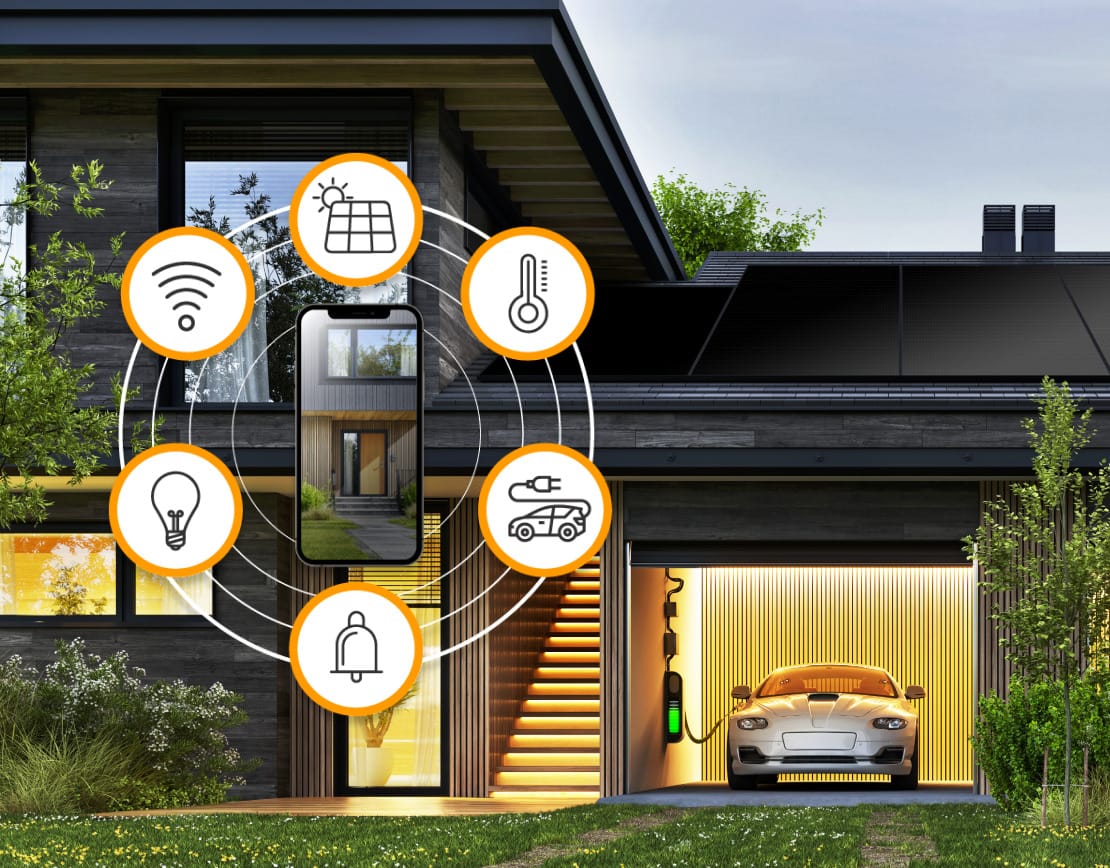If you have been doing some research into the renewable options of solar energy, you may have heard about microgrids. They’ve been quietly working in the background of many major areas, but it’s possible that you’ve never heard of them, or noticed them at work. However, with the use of renewable energy systems like a solar installation, microgrids can provide the clean energy benefits and emergency resilience of a solar system to more than just one home or business.
What is a microgrid?
A microgrid is an energy system that provides power for areas like hospital complexes, businesses, neighborhoods, churches, water treatment facilities, and more. When you think of a microgrid, think of the main power grid, only localized to a specific area. A microgrid can use solar energy to power a complex or community.
How does a microgrid work?
Now you might think that a microgrid is dependent on the main grid for support, but surprisingly, microgrids can maintain power generation even when their main power provider is out of commission. For instance, in California, when PG&E is experiencing a black out or public safety power shut-off, a microgrid would be able to maintain its efficiency and provide power to all connected devices. Most microgrid systems are grid interactive, meaning they can backfeed power to the grid as well as function without the grid in the event of a grid outage.
Understanding how the main power grid operates is helpful for understanding the use of a microgrid. Essentially, our homes, businesses, and anything else that draws power are connected to one universal energy grid, like the one PG&E operates. It is a large, interconnected system, and the power provider supplies you with energy through this grid in order to run your appliances and electronics. The issue with a maro system like this is that if part of the grid is impacted, everyone is subject to outages.
Enter the microgrid! These custom systems are designed to operate independently from the rest of the local energy system, and can be sustained by solar generation even when the main grid goes offline. In most circumstances, it will operate connected to the grid system, but in the event of a power outage, the microgrid will break off and operate on its own, using energy generated and stored locally by solar panels, wind turbines, and other renewable systems.
How does a microgrid store energy?
Microgrids generate their power in close proximity to the area where it is used. This localized power generation means that less power is lost in transit, and there is more clean energy to supply the geographic area it is built for. The attraction of a microgrid is its ability to disconnect from the central grid and operate as its own functioning power source.
This capability comes in handy when the customers it serves are impacted by storms, faulty infrastructure, wildfires, or other failures in energy supply. In California alone, many have witnessed the havoc that climate change has caused with our current grid power system. For communities that seek to create a power island with a microgrid system, these potential power failures represent a less significant risk.
Why aren’t there more microgrids?
Given the power capability and safety they can provide to their customers, why aren’t there more microgrids in the United States? Microgrids have been around for decades, but have been primarily reserved for use on college campuses or military installations. The total number of microgrids is small, but it has been growing steadily. Guidehouse expects global microgrid capacity to reach 19,888.8 MW by 2028, up from 3,480.5 MW in 2019. The research firm sees North America and Asia Pacific as the primary centers of growth.
It makes sense that customers would turn to the security of a microgrid for their power needs, but until these options become more readily available, homeowners can make the proactive choice to achieve these benefits by installing solar on their own property. An individual solar and battery system provides all the same storage and security benefits as a microgrid, scaled down to the individual consumer. If you are interested in learning more about the benefits of solar, be sure to contact one of our solar consultants today!



